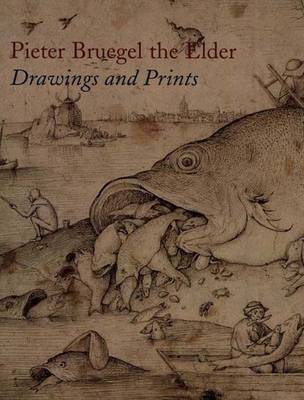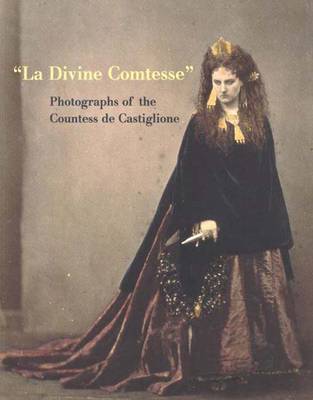Metropolitan Museum of Art
9 total works
Hudson River School Vision
by Kevin J. Avery, etc., Franklin Kelly, Eleanor Jones Harvey, and Heidi Applegate
American Drawings and Watercolors in the Metropolitan Museum of Art
by Kevin J. Avery and Harvey Dillon
In his introduction, Kevin J. Avery describes the acquisitions history of American drawings at the Metropolitan from 1880 to the present day. Marjorie Shelley writes on the materials and techniques used by American draftsmen from the eighteenth century until about 1875. The catalogue section of the book features 106 of the Museum's choicest drawings and watercolors, discussed in detail and reproduced in color. A checklist follows of the museum's complete collection of early works on paper, with black-and-white illustrations of 430 additional works and brief artist biographies.
Provenances and references for every work, a bibliography, and an index are supplied.
Art and Autoradiography
by Maryan W. Ainsworth, etc., John Brealey, Egbert Haverkamp-Begemann, and Pieter Meyers
An informative essay serves as an introduction to the Greek sculpture collection and complements these exquisite photographs, which feature details as well as overall views of sculptural groups. The images are in black and white, sepia, and color. An illustrated checklist provides informative descriptions of the sculptures from the author’s personal perspective.
Published in association with The Metropolitan Museum of Art
One section is devoted to social satire (eating and drinking, gambling, fashion, several of the Seven Deadly Sins), another to various aspects of political life (British, French, Mexican, and American). Artists as diverse as Pieter Bruegel the Elder, Gian Lorenzo Bernini, William Hogarth, Francisco de Goya, Thomas Rowlandson, Eugene Delacroix, Honore Daumier, and Al Hirschfeld contribute their distinctive talents to this fascinating, informative, and very amusing volume.







